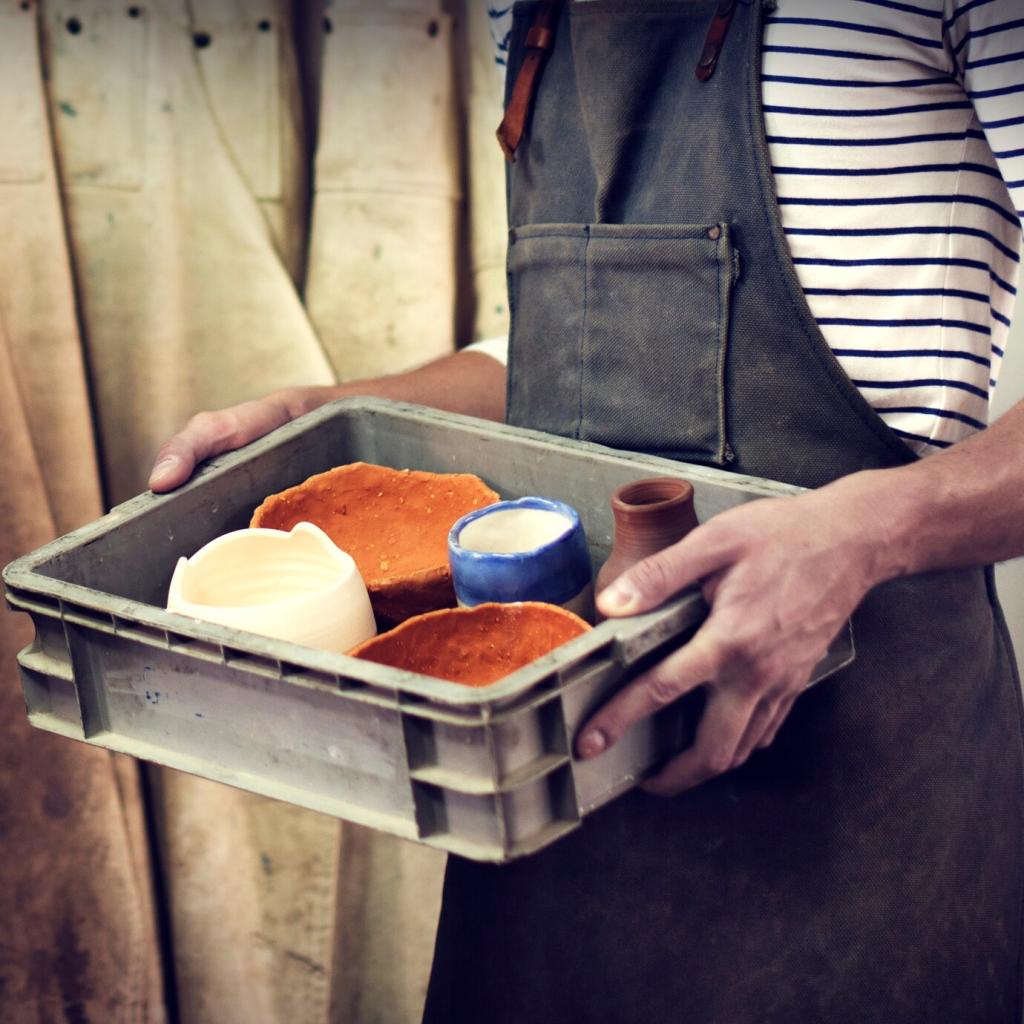
Best Practices for Displaying Antique Furniture
Displaying antique furniture is an art that combines respect for historical craftsmanship with contemporary aesthetics. By placing careful emphasis on presentation, preservation, and harmony within interior spaces, collectors and enthusiasts can enhance the beauty, value, and longevity of these cherished pieces. Understanding the principles behind effective display ensures that antique furniture will not only stand out as a focal point in any room but also remain well-preserved for generations to come. This guide delves into the essential practices to consider when showcasing your antique treasures, making the most of both their history and their elegance.
Creating the Ideal Environment
Proper climate control is vital for maintaining the structural integrity and finish of antique furniture. Fluctuating temperatures and humidity can cause wood to crack or warp, damage delicate veneers, and lead to mold or pest infestations. Ideally, antiques should be displayed in spaces with stable relative humidity and moderate temperature, away from vents, radiators, or windows that let in direct sunlight. When considering lighting, natural light should be filtered to prevent fading and drying, while artificial lighting should be soft and placed in such a way as to highlight features without creating heat or glare. Careful management of these elements helps protect antiques from avoidable deterioration.

Preserving Original Integrity
Gentle cleaning practices are paramount for antique furniture. Abrasive cleaners, harsh chemicals, and rough scrubbing can irreparably damage original finishes, remove patina, or weaken delicate joints. Instead, dusting should be done using soft, lint-free cloths or gentle brushes. For more intensive cleaning, specialist products designed for antique wood or materials—used sparingly and tested on inconspicuous areas—are advisable. Handling should always be mindful, preferably with clean hands or gloves to avoid transferring oils, and furniture should be lifted rather than dragged to prevent stress on joints and legs. Adopting these gentle protocols extends the life and allure of antique pieces.
Achieving Visual Harmony
Focal Points and Arrangement
Antique furniture naturally attracts attention; making it a focal point within a room can elevate its stature and influence the ambiance. Strategic placement—such as centering a remarkable chair, sideboard, or cabinet—draws the eye and allows the piece to anchor the space. Surrounding furniture and art should support rather than compete with the antique, either through thoughtful spacing or complementary arrangement. Creating deliberate groupings of related items can help establish a narrative, while spacing ensures each item can be appreciated individually.
Mixing Periods and Styles
A harmonious display often involves skillfully mixing period pieces with contemporary or other historical styles. This blend can add depth and visual interest, turning a room into a curated showcase rather than a static history exhibit. The juxtaposition of modern and antique pieces should be purposeful: perhaps using repetition of color, material, or form as a unifying element. The key is to avoid a cluttered or chaotic look by limiting the number of statement pieces and thoughtfully integrating them into the broader design scheme. Such combinations highlight both the uniqueness and timelessness of well-crafted furniture.
Incorporating Soft Furnishings
Incorporating carefully selected soft furnishings—such as rugs, cushions, and draped textiles—can soften the lines of antique furniture while enhancing comfort and style. These elements act as visual bridges between different periods and design themes, fostering warmth and coherence. When choosing soft furnishings, consider fabrics and patterns that echo the era of your antiques or, conversely, offer a deliberate contrast for modern appeal. Neutral bases with occasional pops of period-specific colors can tie a room together without overwhelming the antiques. Effective use of textiles highlights the elegance of furniture and enhances everyday usability.
